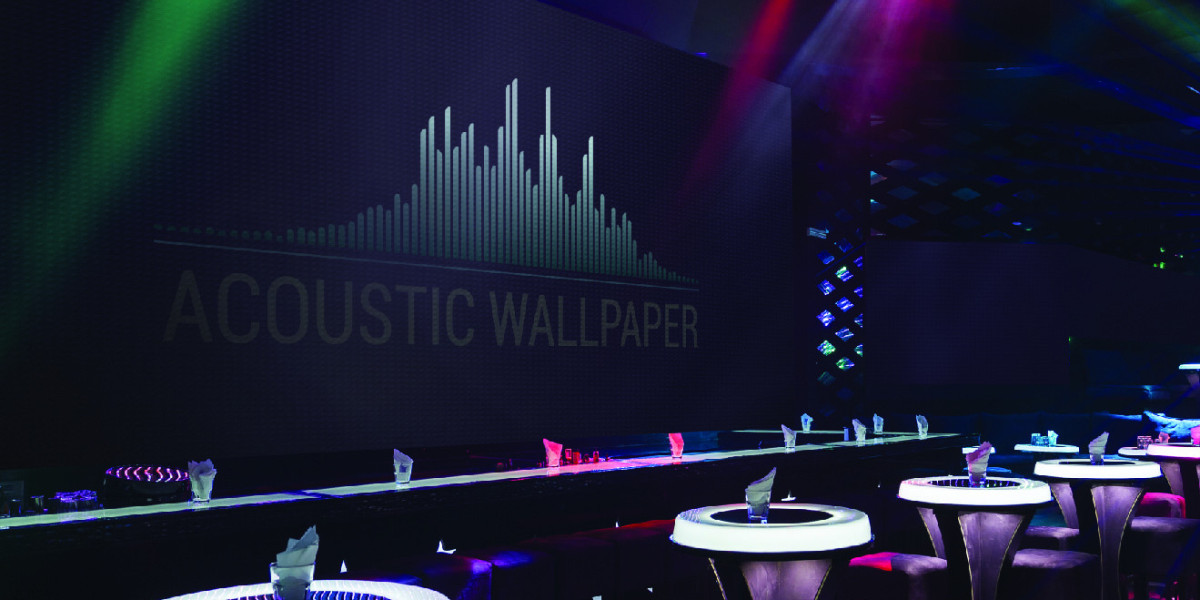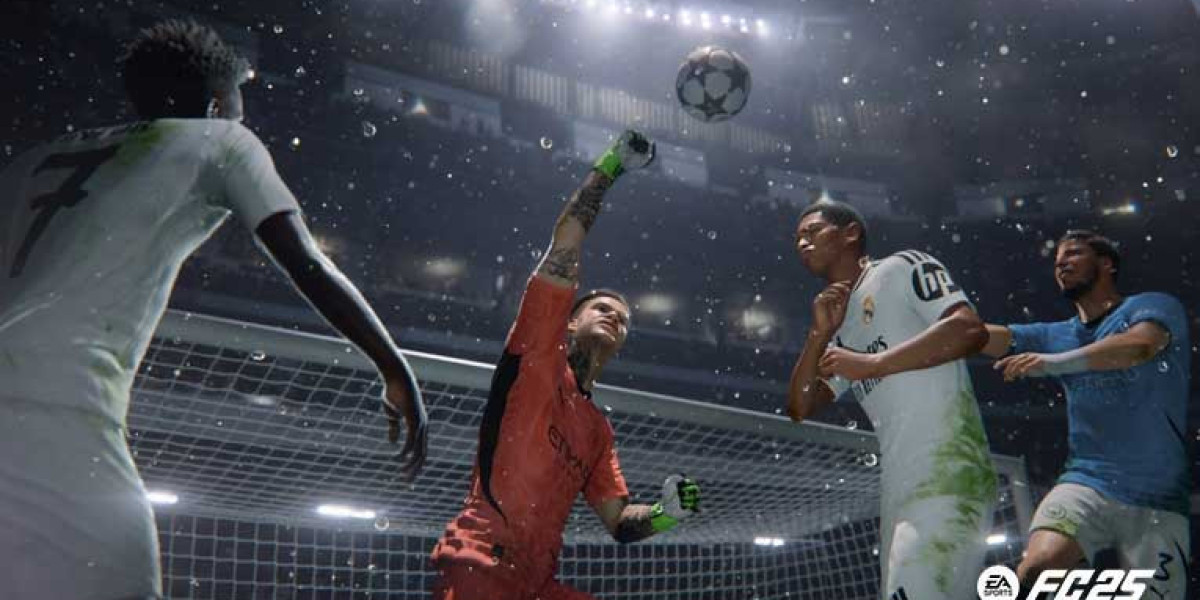Creating a strong visual hierarchy with typography is essential for effective communication in design. Whether you’re creating a website, a poster, or a book, how you arrange text can significantly influence how your audience engages with the content. In this article, we will explore the principles of typographic hierarchy, its importance, and practical tips for implementing it successfully.
Understanding Visual Hierarchy
Visual hierarchy refers to the arrangement of elements in a way that signifies their importance. In typography, this means using different font sizes, weights, colors, and styles to guide the reader's attention. A well-structured visual hierarchy helps readers quickly identify key information and understand the content better.
Why is Visual Hierarchy Important?
- Guides Reader Attention: A strong visual hierarchy directs readers to the most important information first. This is crucial in today’s fast-paced world where attention spans are short.
- Enhances Readability: By clearly differentiating between headings, subheadings, and body text, you make your content easier to read and comprehend.
- Improves User Experience: A well-designed layout with effective typography can make navigation smoother and more intuitive for users.
Key Elements of Typographic Hierarchy
To create an effective typographic hierarchy, consider the following key elements:
1. Font Size
The size of your text is one of the most straightforward ways to establish hierarchy. Larger fonts typically indicate more important information, such as titles or main headings. For example:
- Title: 32pt
- Heading: 24pt
- Subheading: 18pt
- Body Text: 12pt
Using these size variations helps readers quickly scan and understand the structure of your content
.
2. Font Weight
Font weight refers to how thick or thin the characters appear. Bold text draws attention and can be used for headings or important points, while lighter weights can be used for body text to create contrast. For instance:
- Bold for Headings
- Regular for Body Text
Using different weights can enhance the visual impact of your text and help differentiate between various levels of information
.
3. Color
Color plays a significant role in establishing hierarchy as well. Using contrasting colors can help certain elements stand out more than others. For example:
- Main Heading: Dark Blue
- Subheading: Light Blue
- Body Text: Black
This color differentiation not only makes your design visually appealing but also helps guide readers’ eyes to important sections
.
4. Capitalization
Capitalization can also affect how readers perceive your text. Using all caps for headings can make them stand out but should be used sparingly as it can reduce readability if overused in body text. For example:
- All Caps for Main Titles
- Sentence Case for Subheadings
This technique creates a clear distinction between different levels of text
.
5. Spacing
Spacing between lines (line height) and between letters (letter spacing) is crucial in creating a readable layout. Adequate spacing makes text less cluttered and easier to read. Consider using:
- Increased Line Height for Body Text
- More Space Around Headings
This ensures that each section feels distinct and helps maintain clarity throughout your design
.
Combining Typefaces
When designing visual hierarchy with typography, combining different typefaces can add interest and reinforce the structure of your content. Here are some tips:
- Pair Different Classifications: Use a serif typeface for headings paired with a sans-serif typeface for body text to create contrast.
- Limit Your Choices: Stick to two or three typefaces to avoid overwhelming your reader.
- Ensure Compatibility: Make sure the typefaces complement each other in terms of style and tone.
For example, when designing visual hierarchy with Helonia Neue, you might pair it with a classic serif font like Times New Roman for an elegant look that maintains readability
.
Practical Tips for Implementing Visual Hierarchy
Here are some practical steps you can take to create an effective typographic hierarchy in your designs:
1. Start with a Grid Layout
Using a grid system helps organize your content systematically. It allows you to align text consistently and maintain balance throughout your design.
2. Use Contrast Effectively
Contrast is key in establishing hierarchy. Use differences in size, weight, color, and style to highlight important information.
3. Experiment with Styles
Don’t be afraid to experiment! Try different combinations of fonts, sizes, colors, and weights until you find what works best for your specific design needs.
4. Keep It Simple
While it’s tempting to use many different styles and fonts, simplicity often leads to better readability and comprehension.
5. Test Your Design
After creating your design, test it with real users if possible. Gather feedback on readability and clarity to see if your visual hierarchy effectively guides their attention.
Conclusion
Creating a strong visual hierarchy with typography is essential for effective communication in any design project. By understanding and implementing key elements such as font size, weight, color, capitalization, spacing, and typeface combinations like Helonia Neue, designers can significantly enhance readability and user experience.Remember that experimentation is vital; don’t hesitate to try new approaches until you find what resonates best with your audience. With practice and attention to detail, you will master the art of typographic hierarchy and create designs that are not only visually appealing but also highly functional.By focusing on these principles, you will ensure that your designs effectively communicate their intended messages while engaging readers from the very first glance!








